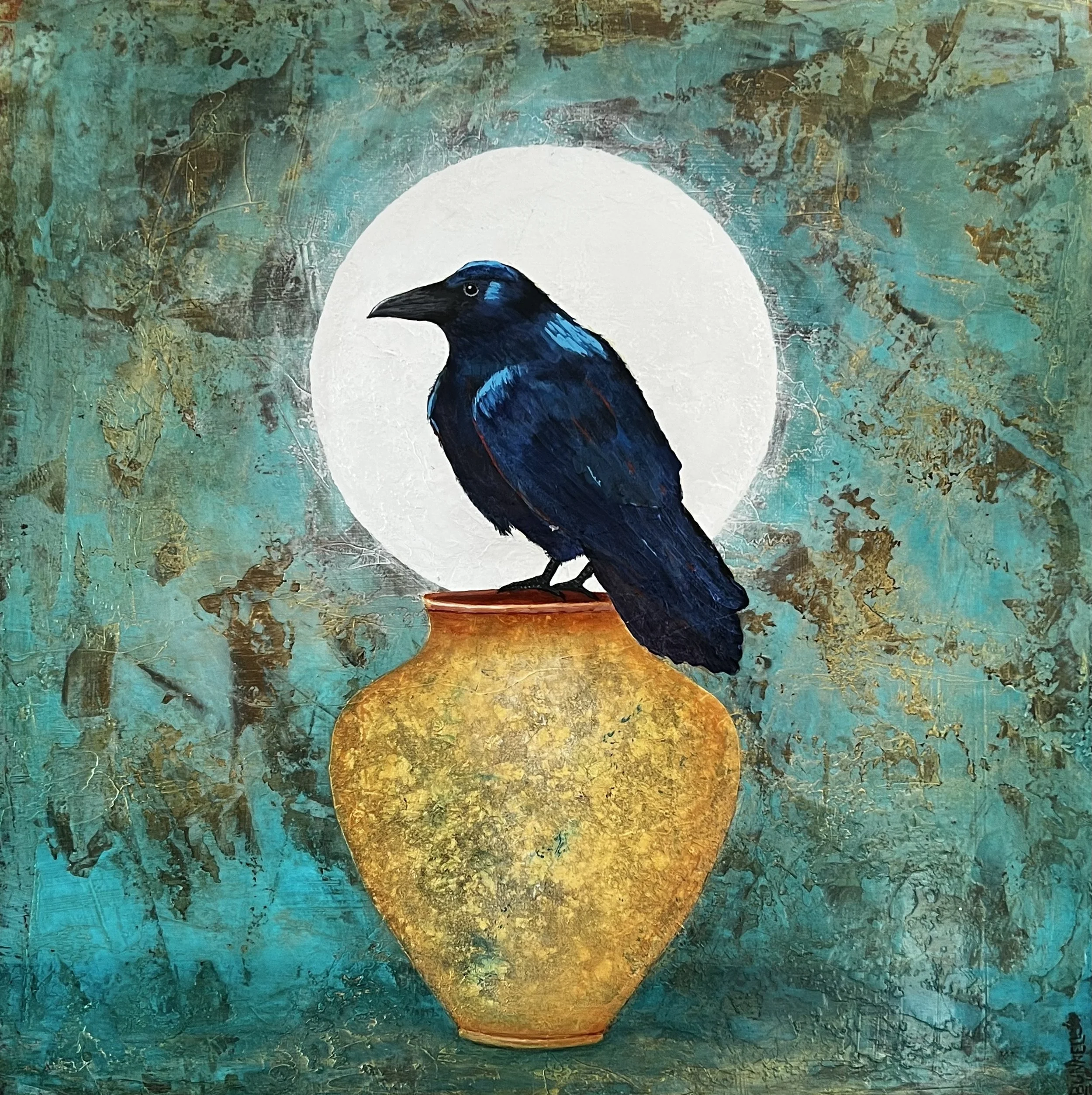Welcome!
Drop me a note if you have any questions or comments, and sign up below for any updates.
Lynda Bunnell’s artistic journey is a beautiful blend of experimentation, tradition, and deep personal exploration. From her early work with pine needle vessels in 2012 to her later developments in painting, she has embraced a process of constant evolution and discovery. Her work, marked by the use of acrylic layers, mixed media, cold wax, encaustic, and various mark-making tools, reflects her experience of uncovering depth and history—similar to the texture and beauty of old, timeworn structures she encountered in Europe and North Africa.
Lynda’s paintings are often a blend of abstract, yet they hold a quiet order that emerges organically over time, much like the hidden stories behind ancient artifacts. She describes her creative process as a conversation, one that begins with minimal direction but grows through an intuitive back-and-forth with the painting. This openness to the unknown allows her to explore and uncover layers of meaning and self, ultimately resulting in pieces that feel both deeply personal and universally resonant.
About the Artist

Vessels, Nature and Buddha
Gallery 21 Solo Show 2024









16 x 16 acrylic on panel, framed.
Soft textures and a glowing yellow background create a feeling of gentle movement and renewal.